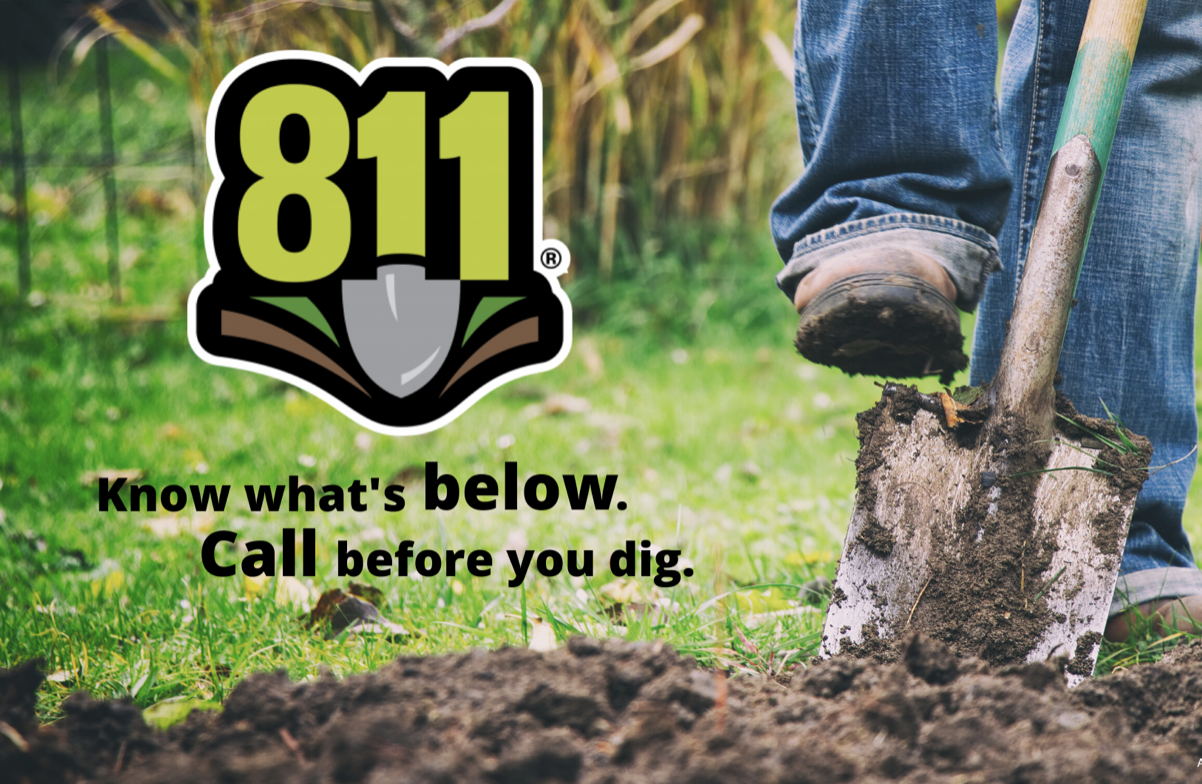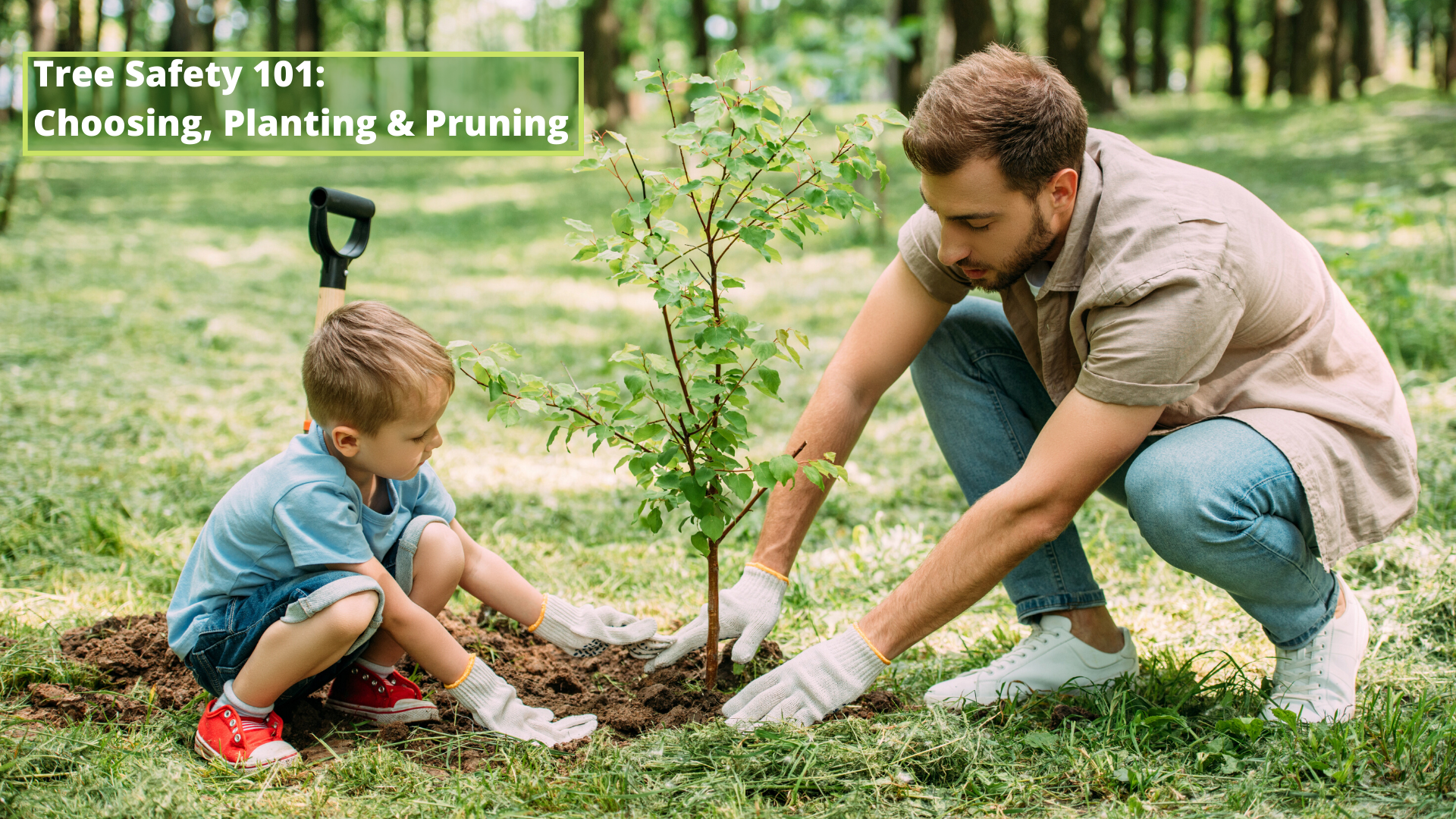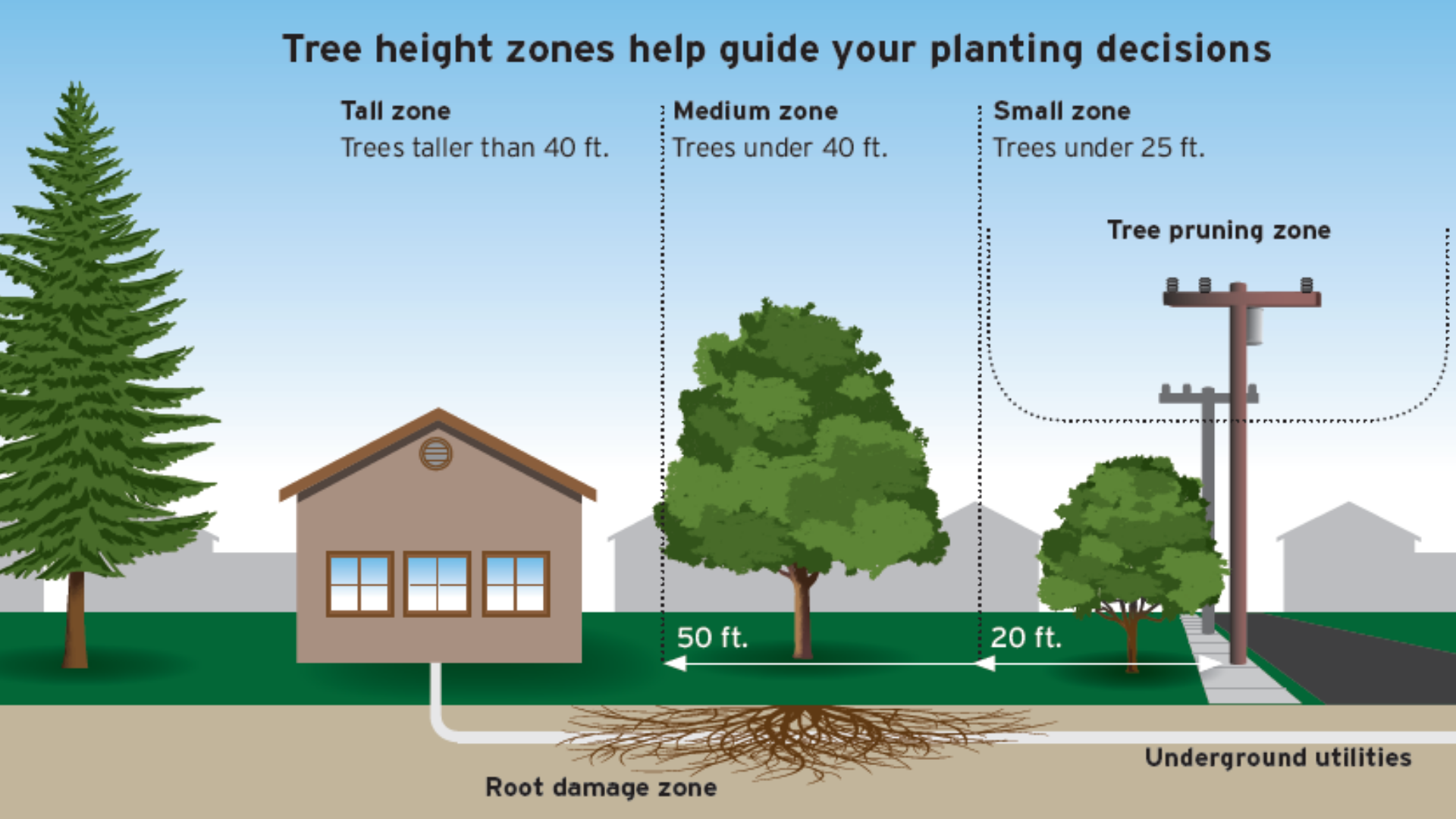Planting trees can be a great addition to your home. Planting trees does good for the environment, they can add beauty to your neighborhood and provide the comfort of shade when the weather heats up. While adding a tree to your landscape can be a great idea, the best idea is to know what to look out for when choosing, planting, and pruning your tree. Follow these three steps to make sure you know how to plant and maintain a tree safely.
1. Choose the Right Tree for the Right Space:
Considering what’s near, above and below a space you’re considering planting a tree is important. Roots can damage under ground gas lines, and there are guidelines for how far away from power poles and lines trees need to be depending on their potential height. Visit our tree planting guide for a selection of local trees and help finding the right tree for your space.
2. Planting/Relocating a Tree:
For any work involving digging, make sure you dial 811 to map out any underground gas lines on your property. Even if the work is being completed by a contractor, it’s important to make sure this step isn’t missed to protect your home and neighborhood from the danger of a broken gas line.

3. Safe Pruning of Trees Near Power Lines:
Never do pruning yourself when it’s near power lines. Accidentally touching a line or an object touching a line, it can cause severe shock or even death.
For this reason, pruning within 10 feet of power lines must be done by a line-clearance-qualified arborist. If you see vegetation growing hazardously close to power lines, call our Tree Help Desk to speak to our vegetation management professionals at 858-654-8608. You can also report dangerous conditions by calling us at 1-800-411-7343.
Our vegetation management team works hard to take care of trees and brush near power lines to prevent wildfires and outages and to protect our communities. This work includes inspecting trees, pruning and removing trees/brush to mitigate danger, and audits for quality assurance after each activity.
Vegetation management is part of our overall Wildfire Mitigation Program. To learn more about our wildfire mitigation efforts, visit sdge.com/wildfire-safety.
To learn more, visit sdge.com/811.
More Like This:
1. 5 Steps to Plan for Your Pet’s Safety in an Emergency
2. 17 Tips to Protect Yourself Before, During, and After an Earthquake



